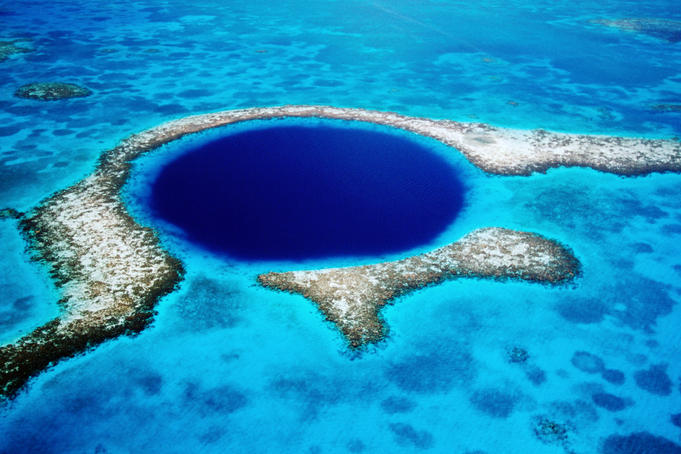During is height the Maya civilisation was one of the most advanced in the world, with innovations in medicine, mathematics and architecture. However around 900 CE the Mesoamerican empire collapsed mysteriously. The mass abandonment of major cities has been the subject of great debate between historians and archeologists, with volcanic eruptions, earthquakes, enemy invasions and infectious diseases all considered as possibilities.
However, in a new study at Rice University researchers believe they have finally found the true answer to what happened to the Mayans in an underwater lagoon in Belize, known as the Blue Hole. By studying the sediment formed at the bottom of the lagoon, researchers were able to trace the rainfall during the Maya civilisation and concluded the people vanished due to not one, but two prolonged periods of drought lasting over 100 years in total. Although it is unlikely the drought itself caused the collapse of an entire civilisation, it certainly would have sped up the emergence of other issues, such as famines and unrest.
To discover more about the amazing Maya civilisation, pick up issue 16 of All About History.
